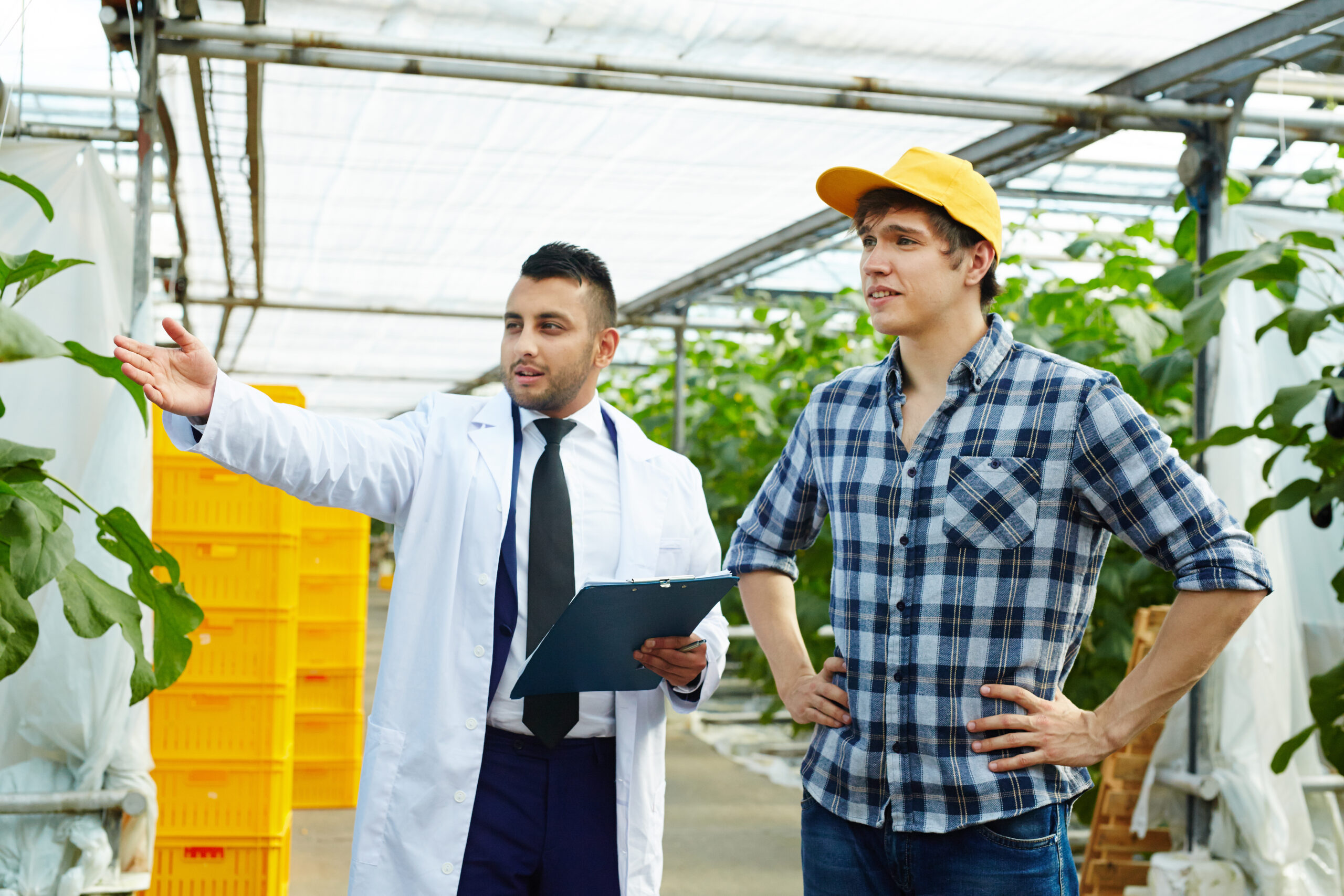Every measurement tells a story. But what happens when that story is flawed? In fields ranging from manufacturing to healthcare, accuracy is not just important—it’s critical. Without precise measurements, the integrity of results can be compromised, leading to costly errors and safety concerns. This is where the concept of calibration comes into play.
Kalibraatio stands at the forefront of ensuring these measurements are spot-on every time. It’s a word that might sound simple but carries immense weight in various industries. Understanding kalibraatio means grasping how vital accurate measurements are for both everyday tasks and specialized applications.
Join us on this journey as we delve deeper into calibration’s importance, explore its various types and applications, and discover how Kalibraatio ensures your measurements remain reliable in an ever-evolving world.
The Importance of Accuracy in Measurements
Accuracy in measurements is the backbone of effective decision-making. In industries like pharmaceuticals, even a slight deviation can have serious repercussions on patient health. Every drop, milligram, and second counts.
In manufacturing, precision impacts product quality and safety standards. An imprecise measurement can lead to defective products that not only cost money but also damage reputations.
Scientific research thrives on accuracy as well; unreliable data skews results and hinders progress. Whether it’s environmental studies or experimental physics, precise measurements pave the way for groundbreaking discoveries.
Moreover, everyday tasks—like cooking or DIY projects—rely heavily on accurate measurements. A minor error could spoil an entire dish or compromise structural integrity.
Thus, accuracy isn’t merely a nicety; it’s essential across all sectors for ensuring reliability and trustworthiness in outcomes.
Understanding Calibration and Its Purpose
Calibration is the process of adjusting and verifying the accuracy of measurement instruments. It ensures that equipment gives precise results, which is crucial in many fields.
The primary purpose of calibration is to maintain consistency. When devices are calibrated regularly, they yield trustworthy data over time. This reliability reduces errors in measurements and enhances quality control.
In various industries, even minor discrepancies can lead to significant issues. For example, a slight deviation in a pharmaceutical measuring device could affect drug formulations drastically.
Understanding calibration goes beyond just numbers; it’s about trustworthiness in your processes. Whether for scientific research or manufacturing, accurate measurements underpin successful outcomes.
Types of Calibration and Their Applications
Calibration comes in various forms, each serving distinct needs across multiple industries. One common type is dimensional calibration, crucial for ensuring that measuring tools like calipers and micrometers are precise. This type of calibration is vital in manufacturing settings where even the slightest variance can lead to product defects.
Another important category is electronic calibration. It involves adjusting instruments that measure electrical parameters such as voltage and current. Labs often rely on this to maintain equipment accuracy over time.
Pressure calibration plays a significant role in industries involving fluid dynamics or gas systems. Instruments used here must be meticulously calibrated to ensure safety and efficiency.
Temperature calibration ensures thermometers and thermal sensors provide accurate readings essential for processes like food production or pharmaceuticals. Each type addresses specific measurement concerns, highlighting the diverse applications of effective calibration practices.
How to Perform a Calibration
Performing a calibration requires careful attention to detail. Start by gathering the necessary tools and instruments, ensuring they are clean and functioning properly.
Next, set your equipment in a controlled environment. Temperature and humidity can affect measurements, so aim for stable conditions.
Once everything is ready, compare your device against a standard reference or calibrator. This process ensures that your instrument’s readings align with known values.
Document each step meticulously. Record data points before adjustments are made as well as after corrections have been applied. Accurate records help track performance over time.
After completing the calibration, verify results through multiple checks if possible. This reinforces confidence in the accuracy of measurements moving forward.
Don’t forget to label calibrated equipment clearly with dates and details about the adjustment performed for easy reference later on.
Benefits of Regular Calibration
Regular calibration is essential for maintaining the accuracy of measurement instruments. When devices are routinely calibrated, they can perform optimally, reducing the risk of errors that could lead to costly mistakes.
One major benefit is enhanced reliability. Consistent calibration ensures that measurements remain within specified parameters. This reduces uncertainty and increases confidence in results.
Additionally, regular calibration helps extend equipment life. By identifying potential issues early on, you can avoid more significant repairs down the line. This proactive approach saves both time and resources.
Moreover, industries such as manufacturing and healthcare rely heavily on precise measurements to ensure safety standards are met. Regular calibration safeguards compliance with regulatory requirements.
A strong commitment to regular calibration fosters a culture of quality within an organization. It encourages staff to prioritize accuracy in their work processes, leading to improved outcomes across various operations.
Industry-Specific Examples of the Need for Calibration
The need for calibration spans various industries, each with its unique demands. In the medical field, precise measurements can mean life or death. Calibration of medical devices ensures accurate dosages and reliable results in diagnostics.
Manufacturing relies heavily on calibrated instruments to maintain product quality. A small deviation can lead to defective products that harm a brand’s reputation and profitability.
In aerospace, even minor inaccuracies can have catastrophic consequences. Instruments measuring altitude or pressure must be meticulously calibrated for safety during flights.
Food production is another area where calibration plays a critical role. Ensuring temperature gauges are accurate helps avoid foodborne illnesses and guarantees compliance with health regulations.
Each industry highlights the necessity of calibration, underscoring how vital it is to uphold standards across diverse applications.
What is Kalibraatio?
Kalibraatio is a vital process that guarantees measurement precision across various industries. It refers to the act of adjusting and verifying measuring instruments to ensure their accuracy.
This practice involves comparing an instrument’s measurements against known standards or references. When discrepancies are found, adjustments are made to align the instrument with these benchmarks.
The significance of Kalibraatio extends beyond mere numbers; it impacts quality control, safety, and compliance in professional settings. Whether it’s in laboratories, manufacturing plants, or healthcare facilities, accurate measurements can influence outcomes drastically.
By maintaining rigorous calibration practices, organizations can enhance reliability and trustworthiness in their operations. This meticulous attention to detail fosters a culture of excellence that benefits both businesses and consumers alike.
How Kalibraatio Ensures Accuracy in Every Measurement
Kalibraatio is at the heart of precision in measurement. It provides a systematic approach to ensure that instruments yield accurate results consistently. This meticulous process involves comparing an instrument’s output against known standards.
When you calibrate your equipment, you’re not just adjusting it; you’re validating its reliability. Each calibration session identifies discrepancies and rectifies them, sealing any gaps in measurement accuracy.
Moreover, Kalibraatio incorporates advanced technology and skilled technicians who understand the nuances of various devices. They bring expertise to every calibration task, ensuring all tools operate within specified tolerances.
Regularly scheduled calibrations foster confidence in data-driven decisions. Whether it’s for scientific research or industrial applications, knowing that each measurement is precise can significantly impact outcomes. By embracing this practice, businesses safeguard their operations against costly errors stemming from inaccurate readings.
Conclusion: The Importance of Choosing Reliable Calibration Services
Choosing reliable calibration services is crucial for ensuring accuracy in every measurement. The right service provider not only understands the nuances of various instruments but also adheres to industry standards. With accurate measurements, businesses can maintain quality control, minimize errors, and enhance safety.
When selecting a calibration partner, consider their expertise and experience in your specific industry. Look for certifications that validate their competence. A reputable calibration service will provide detailed documentation and support throughout the process.
Remember, regular calibrations help prevent costly mistakes down the line. By investing time and resources into reliable services like Kalibraatio, you cultivate trust in your operations and ensure compliance with regulatory requirements.
Taking these steps ensures that your measurements are precise—because accuracy truly begins with effective calibration.

